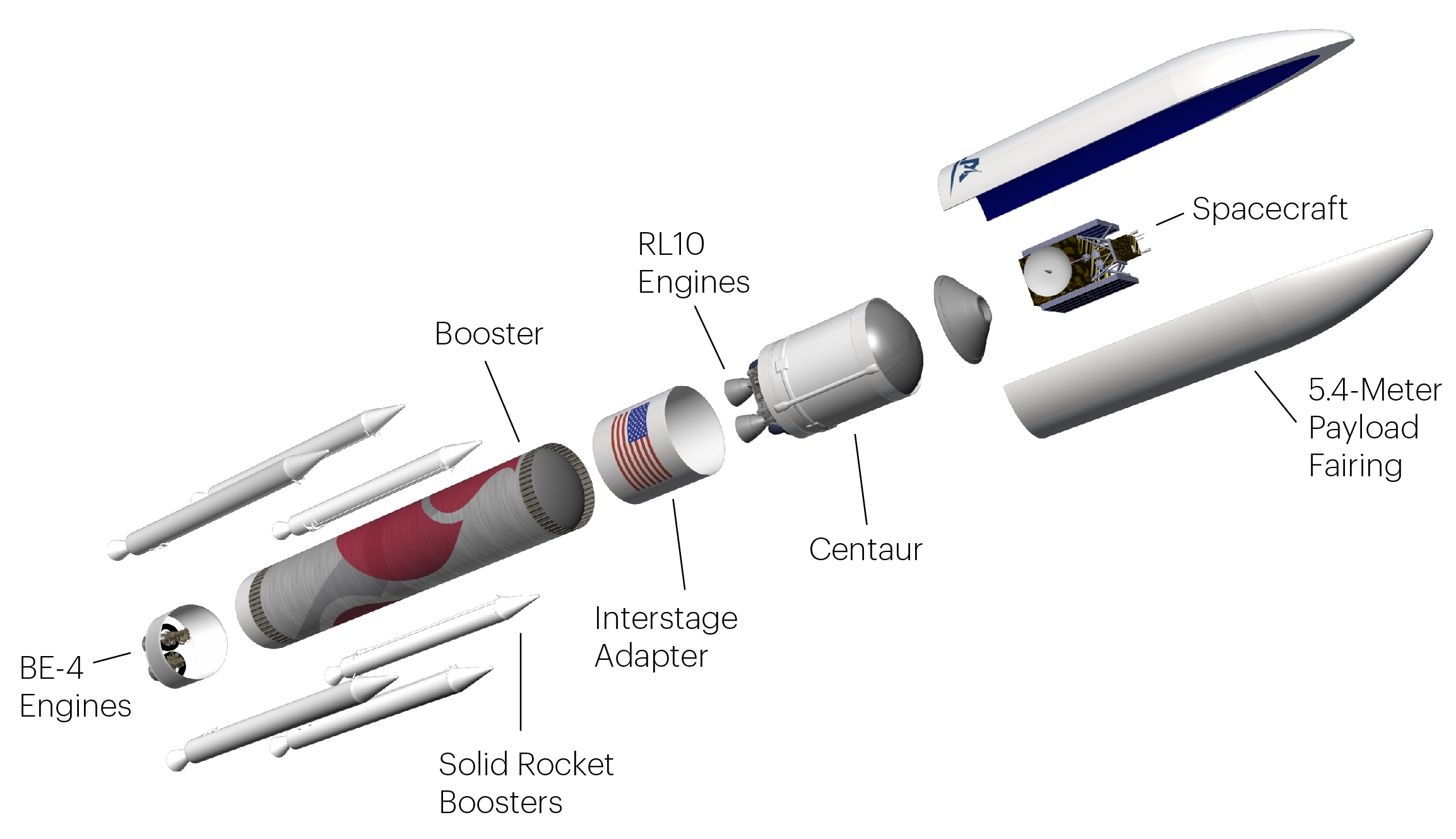
The Vulcan rocket is used to launch spacecraft into orbit, including satellites for GPS and weather tracking purposes. The spacecraft is housed at the top of the rocket in the nose cone or fairing. When the spacecraft is in the proper place in orbit, it separates from the Centaur V upper stage and continues on to complete its mission.
ULA approached multiple potential partners for the fuel tank challenge; ATI Specialty Rolled Products (SRP) was the only one who could solve the chemical and mechanical challenges to get the project off the ground.
“ULA initially contacted ATI with a general inquiry for materials. The demanding nature of the application immediately caught our attention,” said Ron Lamendola, Manager, Commercial for ATI Specialty Rolled Products. “The propellant fuel tank is the type of highly engineered stainless application that SRP assets were designed for. Our technical team enthusiastically embraced the opportunity to meet ULA’s challenging requirements.”
In fact, because the stainless steel is so thin and the tank is so large, the fuel tank needs to be pressure-stabilized before use. Before filling with fuel, metal rings are placed around the tank to prevent it from crumpling in on itself. The fuel tank on the Centaur V is nearly 40 feet tall and 18 feet in diameter, holding 120,000 pounds of liquid hydrogen and oxygen propellant. The fuel tank project is the first example of partnership between ATI SRP and ULA. The fuel tank needed to meet strict standards set by ULA – largely, withstanding the rigors of launch, separation, temperature changes and space flight. But before escaping the atmosphere, the process of laser cutting, bending and forming the tank would put the metal through major stress.
First, the tank needed to be relatively
light weight. Calculations for launching space vehicles are extremely detailed, and deviations from the parameters can result in failure. Plus, the lighter the components of a rocket, the easier it is to launch.
Second, the tank needed to
meet high strength and durability parameters: ability to withstand certain levels of stress when being pulled or pressed (tensile strength) and ability to retain its shape (yield strength). This includes shaping the domed bulkheads and creating the cylindrical body.
“Our biggest challenge during product qualification was formulating the optimal percent reduction that would meet ULA’s specific mechanical property range,” said Joe Londino, Manager, Technology for ATI Specialty Rolled Products, referring to decreases in the thickness of the steel after rounds of rolling. Through partnership and collaboration across multiple tests and adjustments, ATI and ULA landed on the final product.
For their contributions, ULA named ATI Specialty Rolled Products as a 2024 Supplier of the Year in Quality. However, the work doesn’t stop there. ATI and Specialty Rolled Products will stay in orbit with ULA, creating more Centaur V’s and taking on new challenges and opportunities to soar even farther into space.
Four years after ATI’s first discussions with ULA,
the Vulcan rocket successfully launched on January 8, 2024, carrying a lunar lander, and a second certification mission which launched October 4, 2024. ULA has more Vulcan rocket launches planned to carry a variety of missions for National Security Space and commercial customers. ATI will be an integral part of each, thanks to our team’s ability to engineer and produce materials that are Proven to Perform.

"The manufacturing of space products is really unique in a lot of ways. These are events that don't happen with a high degree of frequency. But the products are extremely large,
technically complex and go into some very challenging environments." Click here to watch and learn more about how ATI is Proven to Perform in space. 